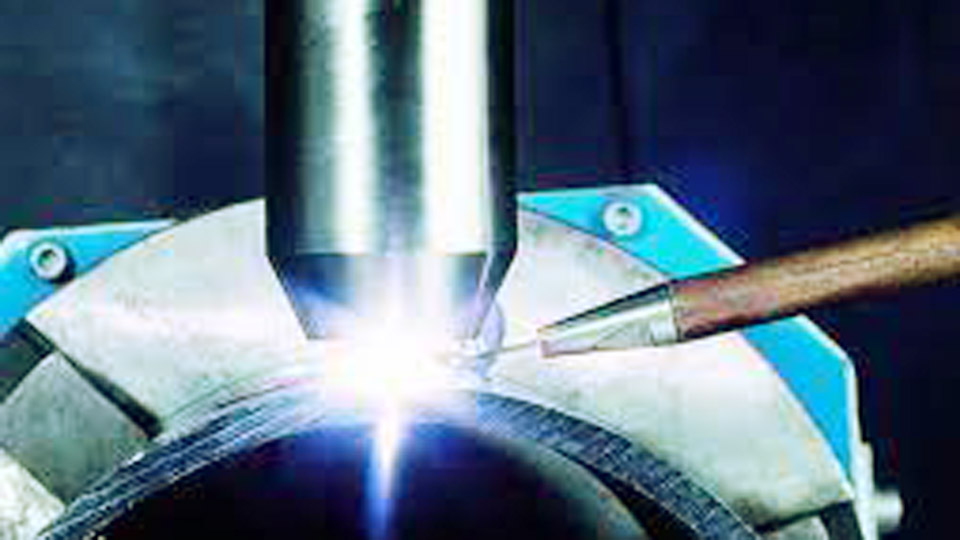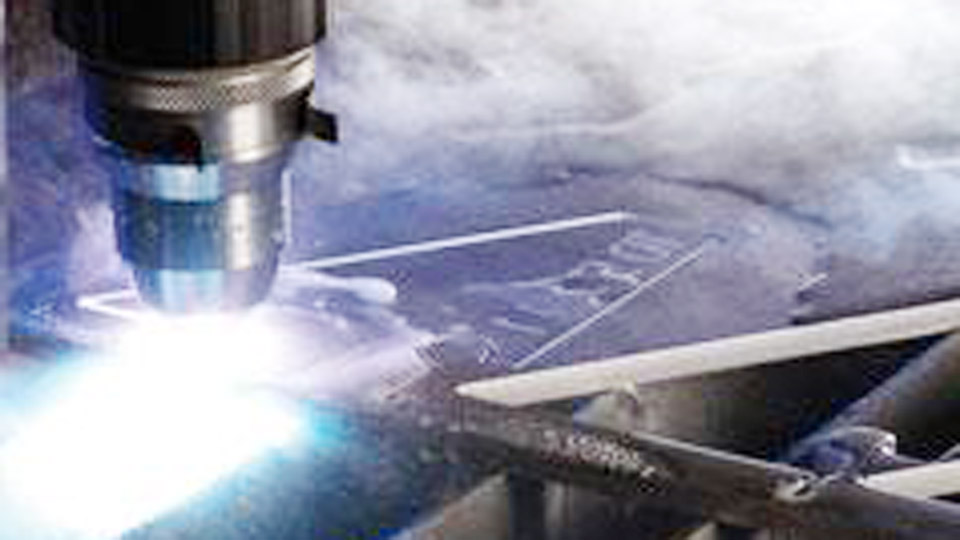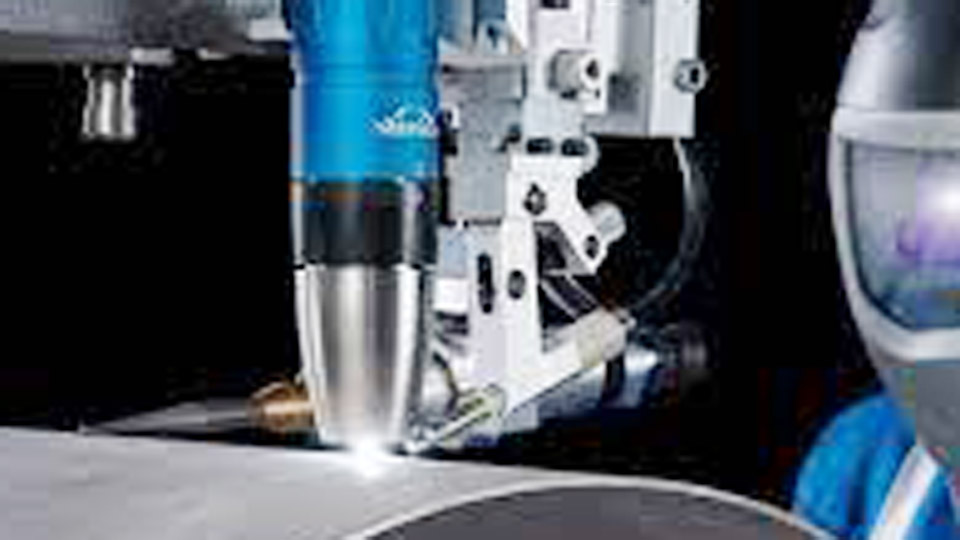When someone asks me about plasma welding, I often start with a smile. It’s one of those advanced welding methods that sounds complicated at first, but once you understand the basics, it all starts to make sense. Plasma welding is powerful, precise, and versatile.

Image by uzhafashion
I’d love to walk you through how plasma welding actually works, how I’ve used it in the shop, and why it might be exactly what you’re looking for in your next project.
If you’re just getting started or you’ve been in the welding game for a while, understanding how plasma welding works can really open your eyes to what’s possible in metal fabrication. Let me explain this in the simplest way possible, like we’re sitting together in the workshop.
What Is Plasma Welding?
Plasma welding is a type of arc welding, but it’s a bit different from the usual TIG or MIG methods. It uses a superheated gas, known as plasma, to create an electric arc that melts and joins metal.
The plasma is created by forcing a gas—usually argon or a mixture of gases—through a small nozzle. This gas gets ionized and becomes electrically conductive.
The result is a focused, high-temperature arc that can cut through and weld metals with great precision. Think of it as a controlled bolt of lightning.
Why Plasma Welding Stands Out
One of the first things I noticed when I tried plasma welding was the level of control. You can weld very thin materials without burning through them, and you can also go deep on thicker metals. That’s because plasma welding gives you two arc types: the pilot arc and the main arc.
The pilot arc is a low-power arc that starts the process. It forms between the tungsten electrode and the nozzle.
Once the arc touches the metal, the main arc kicks in. This double-arc system makes plasma welding more stable and clean compared to many other techniques.
Main Components of a Plasma Welding System
Here’s a quick breakdown of the parts involved in a plasma welding setup:
| Component | Description |
|---|---|
| Plasma Torch | The handheld or machine-mounted tool that holds the tungsten electrode. |
| Power Supply | Delivers the electrical current needed to create the plasma arc. |
| Gas Supply | Usually argon or a gas mixture that forms the plasma and protects the weld. |
| Cooling System | Circulates water to keep the torch from overheating. |
| Control Console | Lets the operator adjust current, flow rate, and other parameters. |
Each part works together to create a precise and consistent weld.
How the Plasma Arc Is Formed
Let me explain the process step by step, the way I see it when I’m holding the torch.
Initiating the Pilot Arc: When I press the trigger, a small arc starts inside the torch between the tungsten electrode and the nozzle. This is the pilot arc, and it doesn’t touch the workpiece yet.
Forming the Main Arc: As I bring the torch close to the metal, the pilot arc jumps to the workpiece and creates the main arc. This is where the real heat is generated—over 25,000°F.
Melting the Metal: The plasma jet is so focused that it melts the metal quickly and cleanly. I move the torch slowly and evenly across the joint, and the molten metal fuses together.
Shielding the Weld: At the same time, a shielding gas flows around the arc to keep the weld pool protected from contamination. This keeps the weld clean and strong.
Cooling Down: The water cooling system keeps everything at a safe temperature so the torch doesn’t overheat during long runs.
It’s a beautiful process when you see it in action.
Plasma Welding vs TIG Welding
Many folks ask me if plasma welding is just a fancy version of TIG. And in some ways, they’re similar—both use a tungsten electrode and an inert gas shield. But there are big differences in how they perform.
| Feature | Plasma Welding | TIG Welding |
|---|---|---|
| Arc Focus | Extremely narrow and concentrated | Slightly wider and softer |
| Penetration Depth | Deeper and more stable | Less deep without filler |
| Welding Speed | Faster | Slower |
| Ease of Automation | Easier to automate | Can be automated but more limited |
| Control | Precise, even on ultra-thin materials | Very precise but needs more skill |
So if you’re working on aerospace components, medical devices, or anything requiring super-precise welds, plasma welding is usually the better choice.
Types of Plasma Welding
There are two main types of plasma welding I’ve worked with. Each has its own feel and purpose.
Micro Plasma Welding
This is ideal for very thin metals—stuff like 0.1mm thickness. I’ve used it for delicate jobs like stainless steel tubing and small aerospace parts. The pilot arc is enough for the job, and the welds are nearly invisible.
Keyhole Plasma Welding
This one is used for thicker sections. The arc punches a hole (or keyhole) through the material, and the molten metal fills in behind it as I move the torch. It gives you strong, full-penetration welds in a single pass.
Applications of Plasma Welding
I’ve seen plasma welding used in all sorts of industries. Here are a few areas where it’s a perfect fit:
- Aerospace: Extremely precise welds on turbine blades and fuel lines.
- Automotive: Joining stainless exhaust systems and engine parts.
- Medical Devices: Welding surgical tools and implants.
- Electronics: Micro-welding of tiny components.
- Food and Beverage Equipment: Clean welds on stainless steel that won’t corrode.
If your project demands clean, strong, and beautiful welds, plasma is hard to beat.
Benefits of Plasma Welding
From my own experience, here are the top advantages:
- Precision: You can dial it in so tight that the weld looks like part of the original metal.
- Speed: Especially on automated lines, plasma welding can move quickly without sacrificing quality.
- Cleanliness: With good shielding and arc control, there’s minimal spatter or contamination.
- Low Distortion: The focused heat zone means less warping on thin materials.
- Versatility: You can weld thin foil or thick steel—just by adjusting settings.
It’s like having a high-performance sports car—you get more control, more power, and better results.
Drawbacks of Plasma Welding
Of course, no method is perfect. Here’s what I’ve noticed as some of the downsides:
- Cost: The equipment isn’t cheap. For small shops or hobbyists, the price tag can be a barrier.
- Complex Setup: You need to dial in gas flow, amperage, and cooling just right.
- Training Curve: It takes time to master. Even if you’re good at TIG, plasma welding feels different.
- Maintenance: The torches and nozzles need regular care, especially with water cooling systems.
But in my opinion, the performance you get makes it worth the effort—especially if your work demands top-tier results.
Safety Tips for Plasma Welding
Let me be real with you—plasma welding is powerful, and safety matters.
- Use the Right PPE: A proper welding helmet, gloves, and flame-resistant clothing are a must.
- Ventilation: Always work in a well-ventilated area. Plasma welding can produce harmful fumes.
- Check for Leaks: Gas leaks can be dangerous. Always inspect hoses and connections.
- Cool Down Properly: Don’t touch the torch right after use. It stays hot longer than you think.
- Avoid Moisture: Keep your hands and equipment dry. Electricity and water don’t mix.
When done safely, plasma welding is an amazing tool. But never cut corners when it comes to protection.
How to Get Started with Plasma Welding
If you’re thinking about trying it for yourself, here’s what I’d suggest:
- Start with a Training Course: Learn from someone experienced. That’s how I built my confidence.
- Get the Right Equipment: Don’t skimp. A quality plasma welding system pays for itself.
- Practice on Scrap: Get a feel for the arc and how to move the torch. It’s all about rhythm and flow.
- Dial in Your Settings: Every metal and thickness needs a different approach. Play with the controls.
- Inspect Your Welds: Use a magnifier or do dye tests to make sure they’re solid.
Take your time, be patient, and don’t be afraid to ask for help. Plasma welding isn’t something you master in a day—but once you get it, you’ll be amazed by what you can do.
Conclusion
So, how does plasma welding work? It’s a mix of science, skill, and a little bit of magic. By using a focused plasma arc, this technique creates clean, precise, and incredibly strong welds. If you’re working on tiny parts or thick plates, plasma welding gives you control like no other process.
I’ve spent hours with a torch in my hand, learning how to guide the arc, manage the heat, and perfect the weld. And I can honestly say—it’s worth every minute.
If you’re serious about metalwork and want something that can elevate your craftsmanship, plasma welding might just be the next step. It’s not the easiest to learn or the cheapest to start with, but the results speak for themselves.
Happy welding, my friend. If you ever need help figuring out your settings or want to talk about torch techniques, I’m always around.
FAQs
What materials can be welded using plasma welding?
Plasma welding works well with stainless steel, titanium, nickel alloys, copper, aluminum, and other conductive metals.
Is plasma welding better than TIG?
It depends on the application. Plasma welding offers more arc stability and deeper penetration, but TIG is more common and less expensive to set up.
Can plasma welding be automated?
Yes, it’s highly compatible with robotic and CNC systems, especially for high-volume production.
Do I need special training for plasma welding?
Yes. Even experienced welders need specific training due to the precision and equipment complexity involved.
What gas is used in plasma welding?
Argon is most commonly used, sometimes mixed with hydrogen or helium depending on the job.
Is plasma welding safe?
Yes, when proper safety procedures and protective gear are used. Always follow guidelines for gas handling and arc protection.
Can beginners use plasma welding machines?
It’s possible, but there’s a steep learning curve. Most beginners should start with MIG or TIG before moving to plasma.
What thickness can plasma welding handle?
It can weld from ultra-thin foil (less than 0.1 mm) to thick plate (up to 6 mm or more), depending on the setup.


